Another question we did not ask on the Storytime Workload Survey is how much time it takes to prepare a storytime. We did look a little bit at how many other programs besides storytime you’re responsible for, but that’s a different angle.
Here are some of the comments you made about prep time:
I would easily present more storytimes more often throughout the year if I didn’t have other obligations, such as Lego Club or seasonal programs for older kids.
I am a one-man show at my library, and my branch can really support the number of programs that I have, but I do feel like I do too many programs with all the planning each program requires for just one person.
This is a small stand-alone library, so I am the only person doing children’s programming. Wish I had someone to partner with—not because of the workload, but for another brain to toss ideas around with.
I have scaled back my storytime offerings due to The Great Burnout of Summer 2013. 🙂 My work desk is also the public desk in the children’s room. When I’m not presenting programs or at lunch, I’m at the desk.
I thought that my answers to the last two questions would be different. I personally thought that I could do more, but when I thought about how much energy I put into a storytime and the preparation I think that three is a good number (maybe stretching to 4). For the last question I also thought that I would want people to do more storytimes per week, however my staff not only does storytime, but on desk duties, material ordering, collections weeding, and sometimes other programming.
I do two toddler and two baby programs each week, usually keeping things the same, which cuts down on prep time.
These are really hard to think about when not every week looks the same, and I am a one-person department with no scheduled off-desk time. EVER. My work space is the middle of the children’s department, and I am “Youth Services” so I do everything from birth to teens and all SRP planning singlehandedly. Not to mention thinking about outreach and community connections [….] thinking about just storytimes seems almost a luxury.
Our system just started a big push for Early Literacy programs and quadrupled the number of programs for 0-5 year olds each branch is expected to do. We’re still figuring out how to make it all work without increased staff or budgets.
At my first children’s services position I was the only staff member at a branch with much lower attendance & fewer programs than my current branch, but I was much more stressed out. I was less prepared b/c I had no mentor and no planning time. Time off the desk is essential, as well as adequate training.
In many cases (such as mine), story times are maybe 1/3 to 1/4 of our responsibilities, yet require the majority of our energy and time. I love story times, but I also love other aspects of being a librarian and unfortunately I’m not able to commit as much time/energy to those aspects because of the several storytimes per week I do.
The biggest issue I have is story time prep. I often have so much on my plate between desk time, volunteer training, processing etc. that I don’t have the time I need to prep for my story time programs. It takes time to create flannel boards or learn new songs and fingerplays. As the only Youth Service person at my library I sometimes think the other staff are not aware how much time it takes. Or that me cutting out felt boards is actual work.
Any assessment of staff time per storytime must account for prep time. The amount of prep is, like all our other numbers, going to vary wildly, depending on how experienced your staff is, what constitutes “storytime” at your library (books? books and puppet show? books and puppet show AND CRAFT???), the number of prepared/dedicated resources at your location, and in many cases, the amount of caffeine readily available. 🙂 Set-up and take-down time must be counted as well, all of which must be balanced against prep needed for other programs and time spent on the desk.
A related issue is how to advocate for more prep time if you need it, which really deserves its own post–or ten–but a very first step to making better decisions and being a good advocate for yourself is to be realistic about how much time you are spending on each storytime (cutting felt in front of the TV at home? learning songs in the car?), and/or looking carefully at what you wish you could include in your storytimes if you weren’t too short on prep time (new songs? take-home pages? literacy messages?).
What do you think? What are your issues around prep time? Have you successfully streamlined your prep, or negotiated more time for storytime? How much time do you spend on storytime each week? What are factors that affect the time you spend (professional collections of picture books that are always there? 10 years of storytime plans in your harddrive? A need to present a craft each week?)

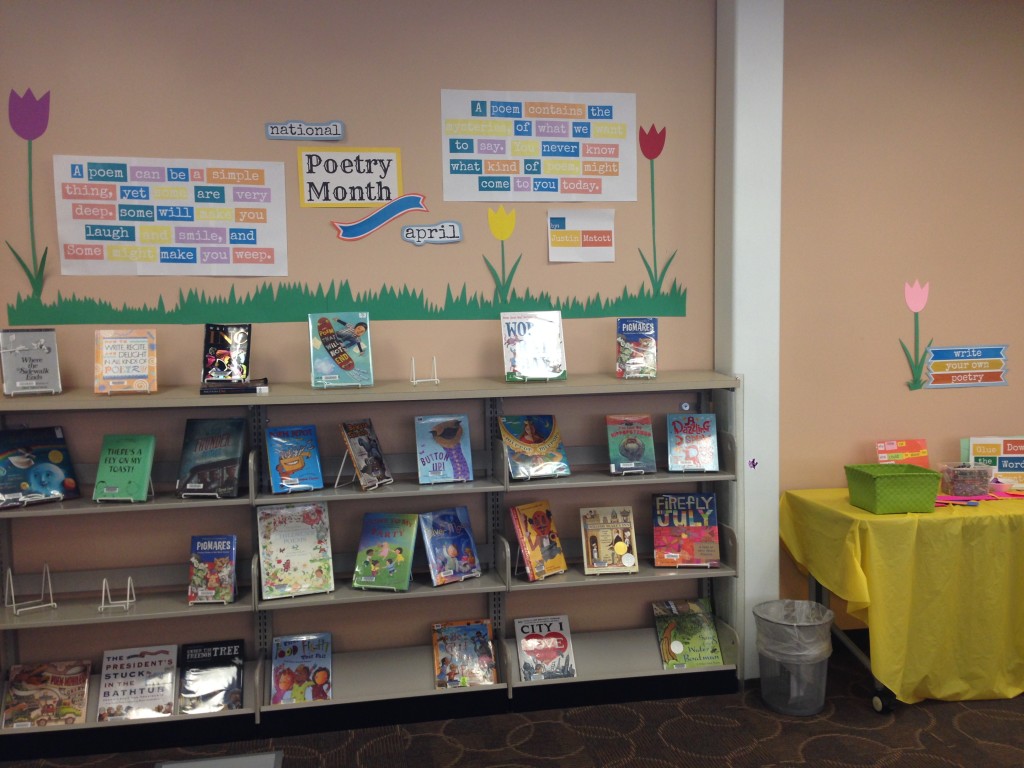
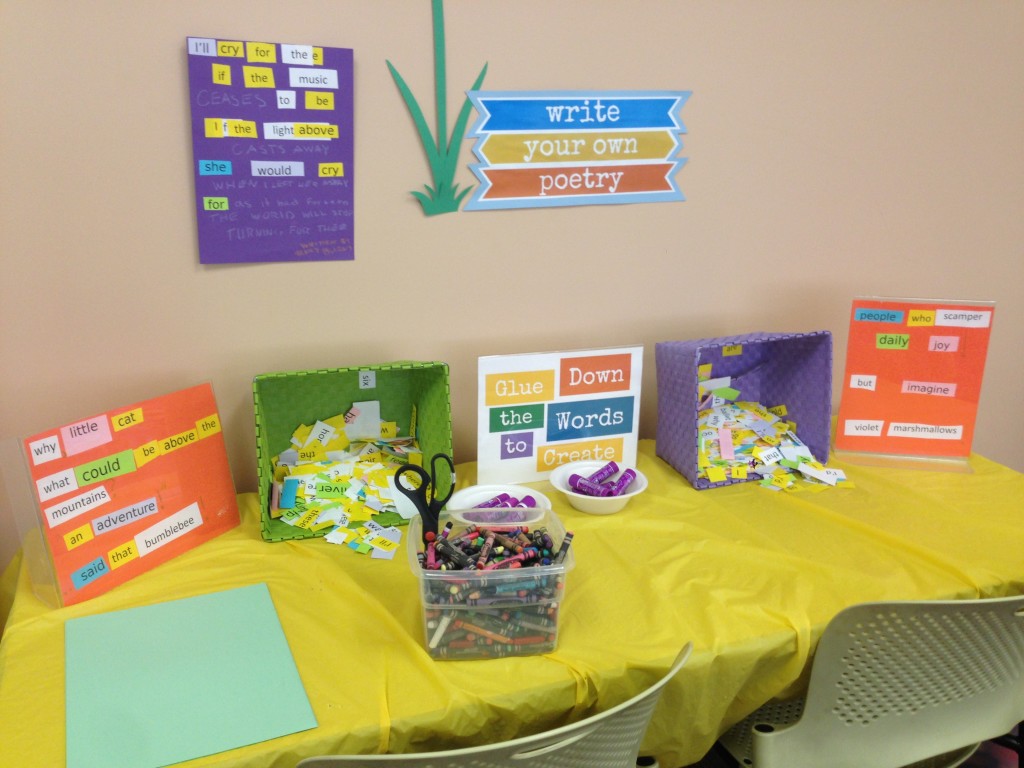
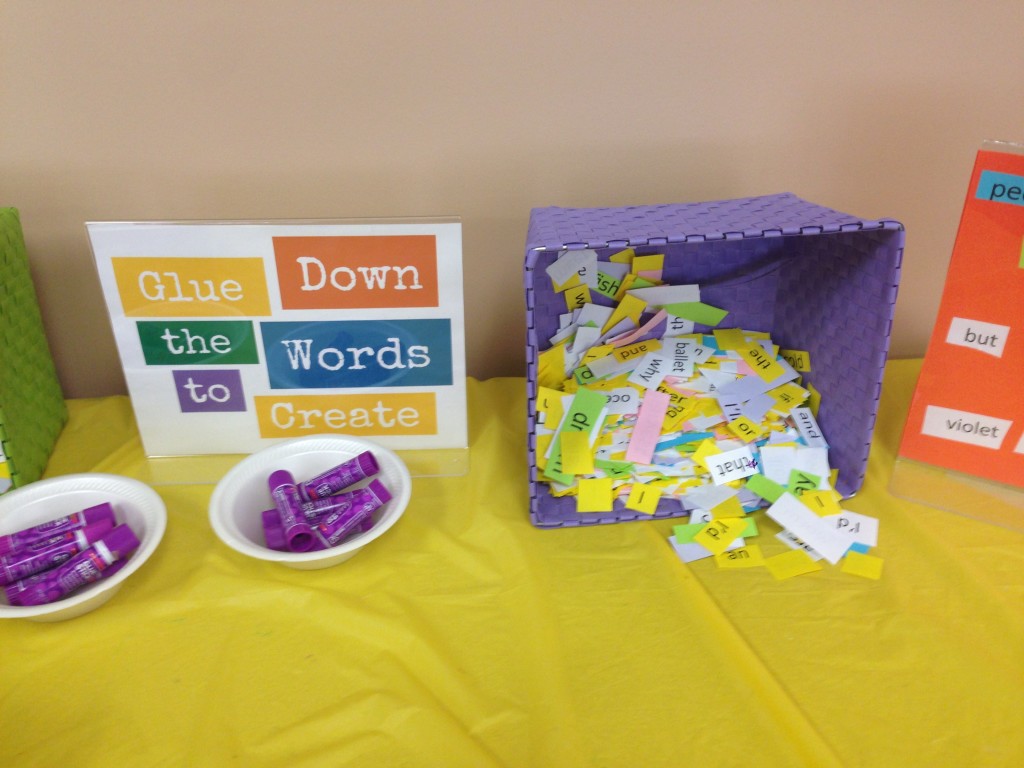
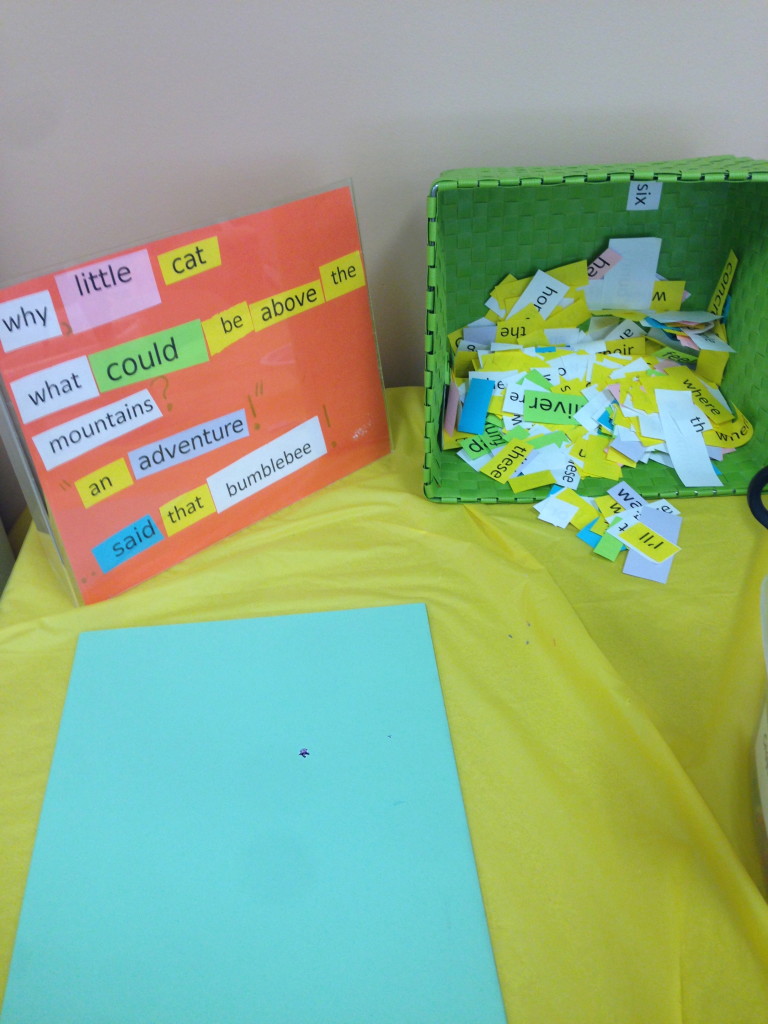
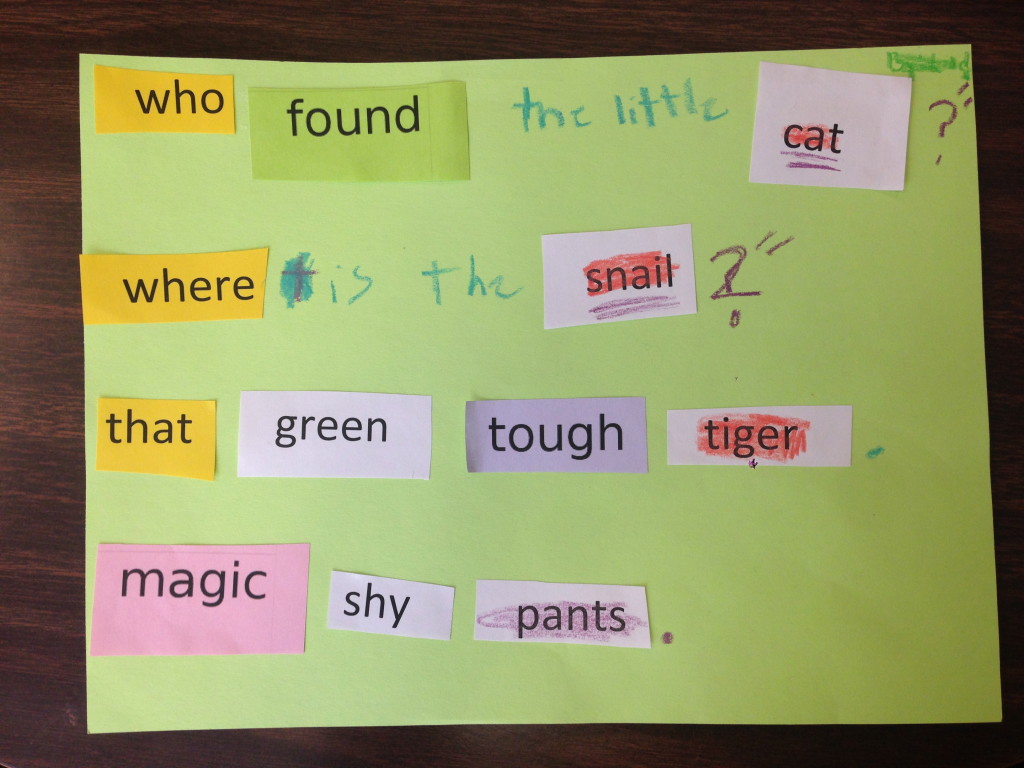
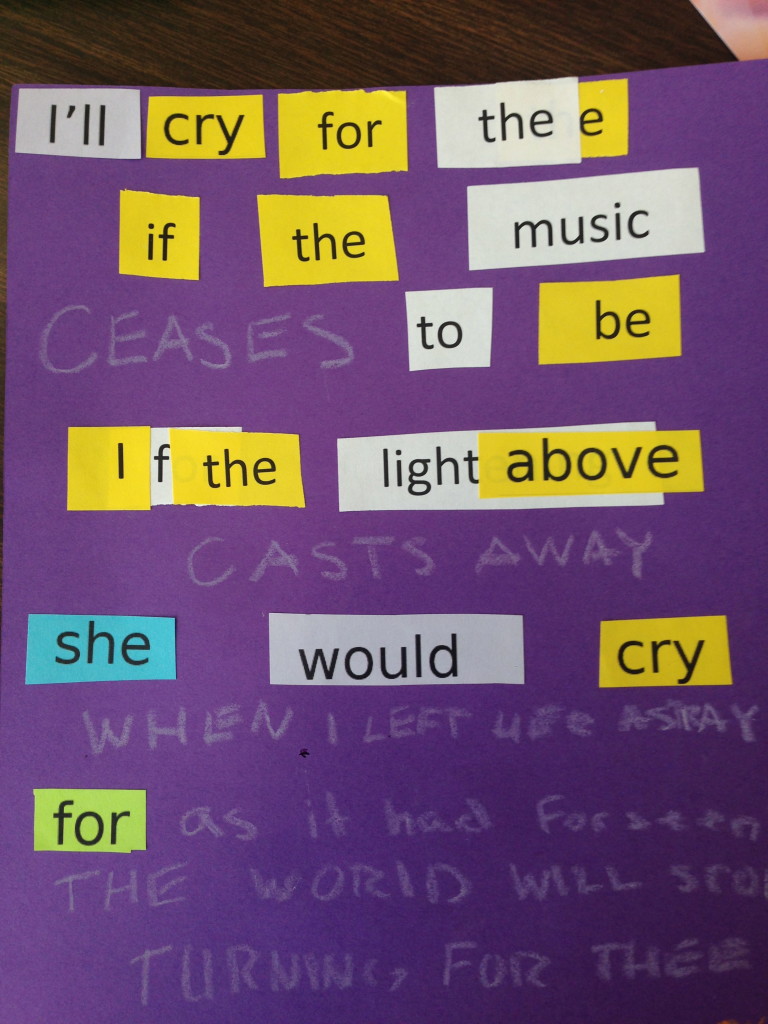
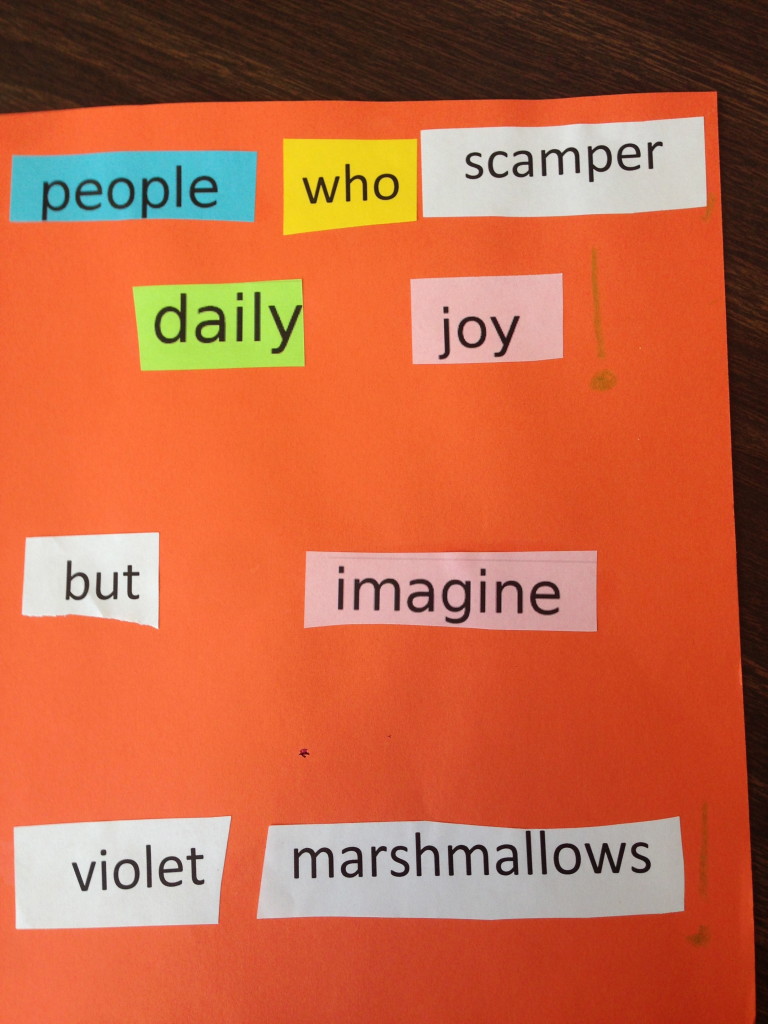
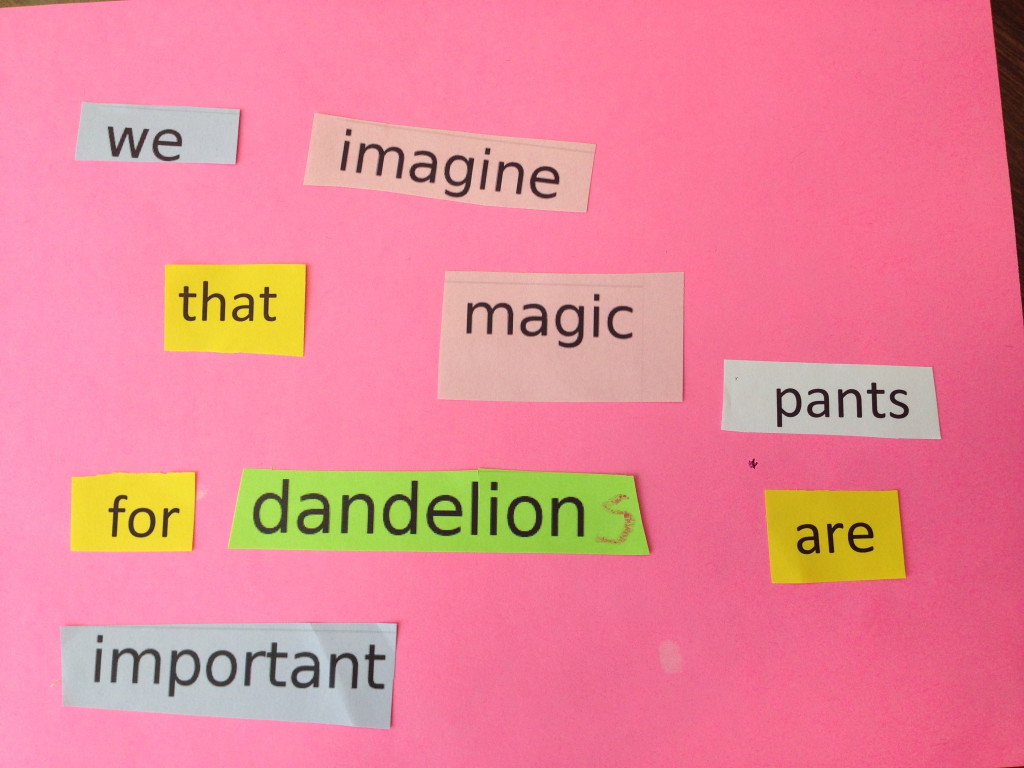
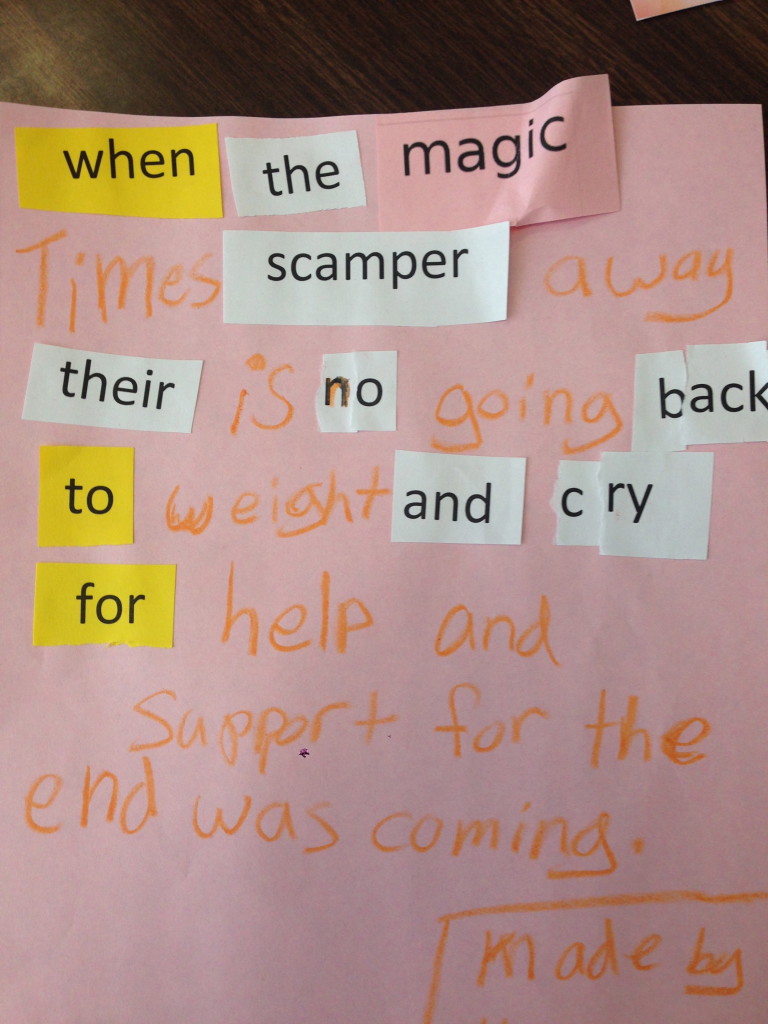

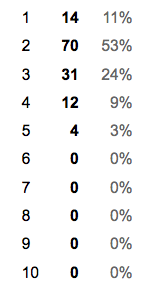
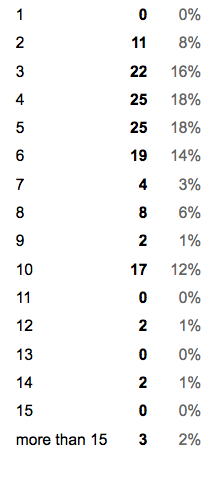

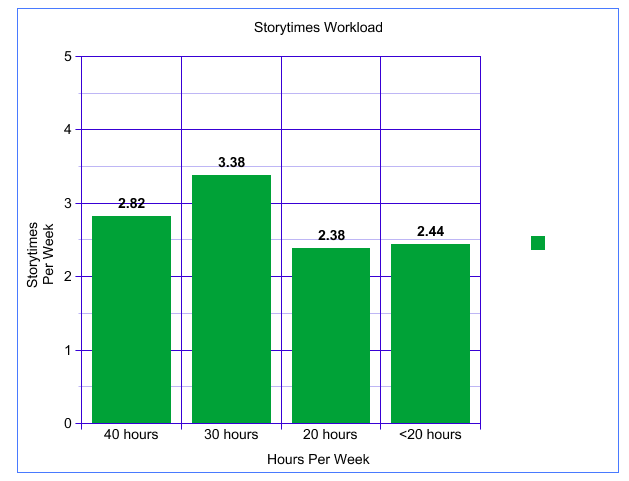
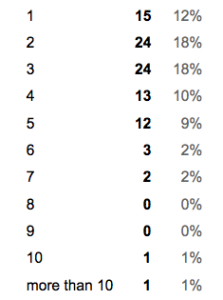
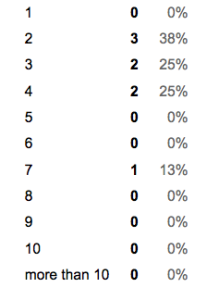
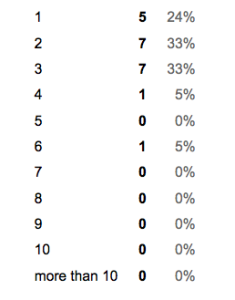
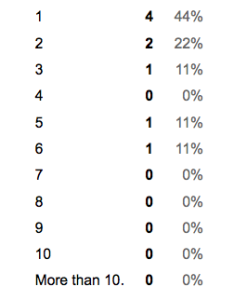


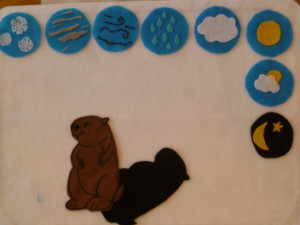

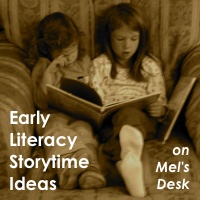
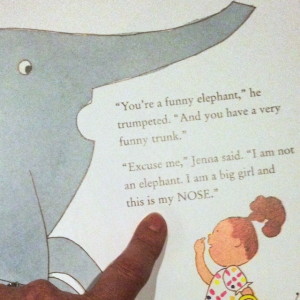
.jpg)
